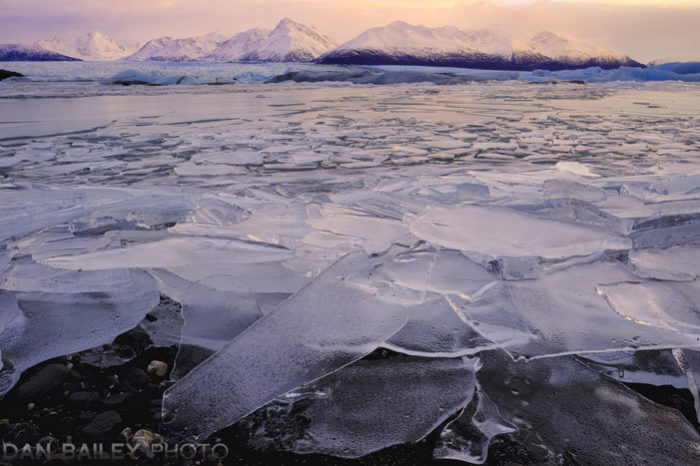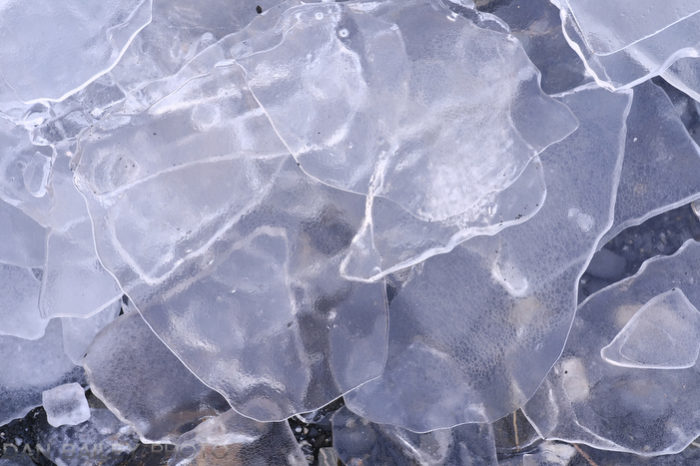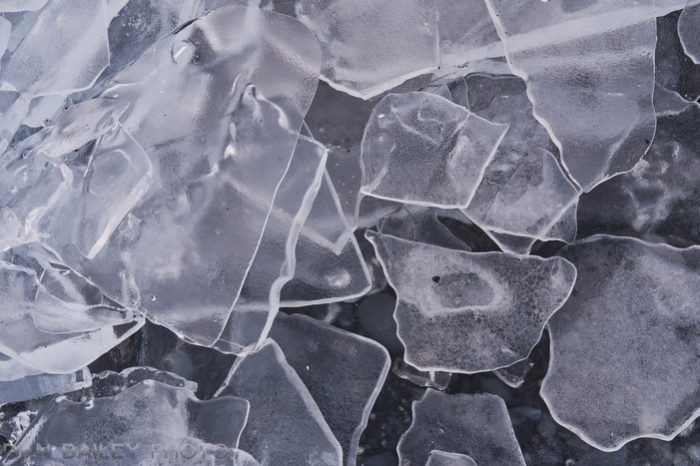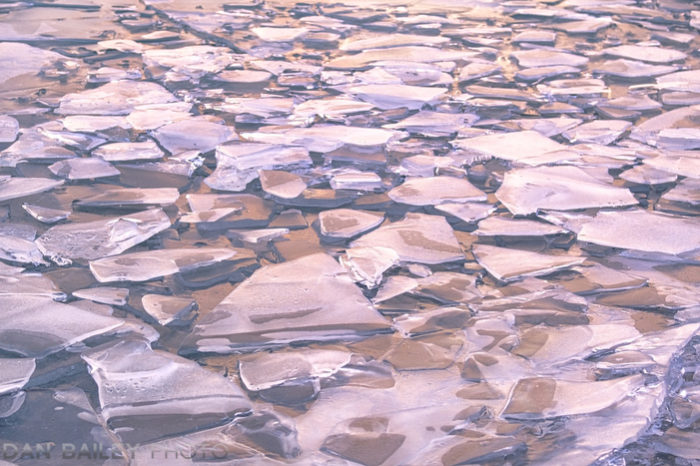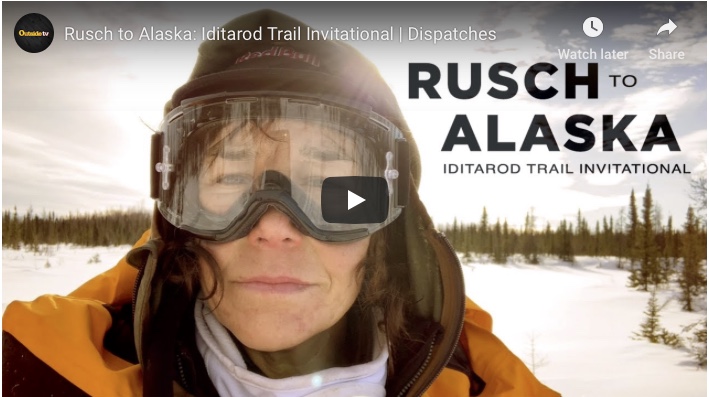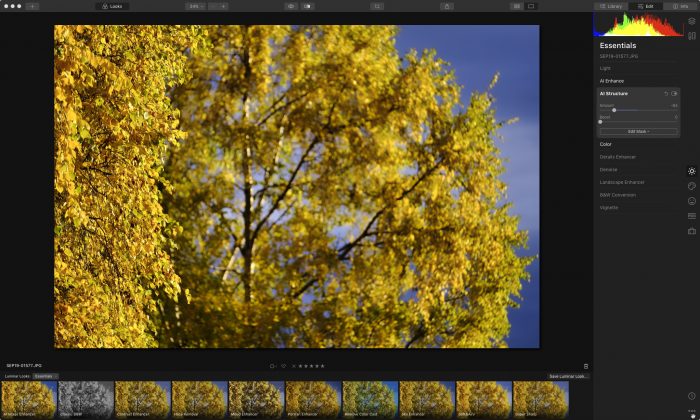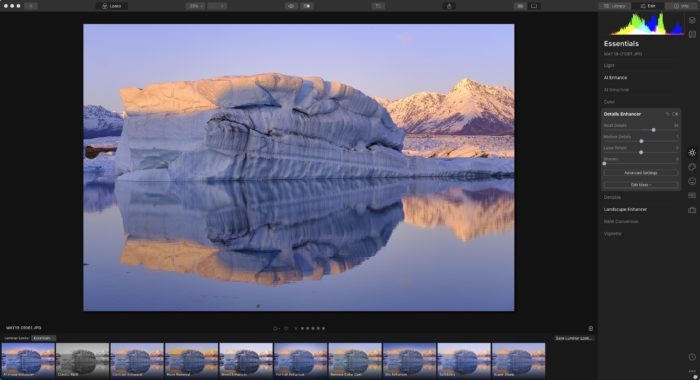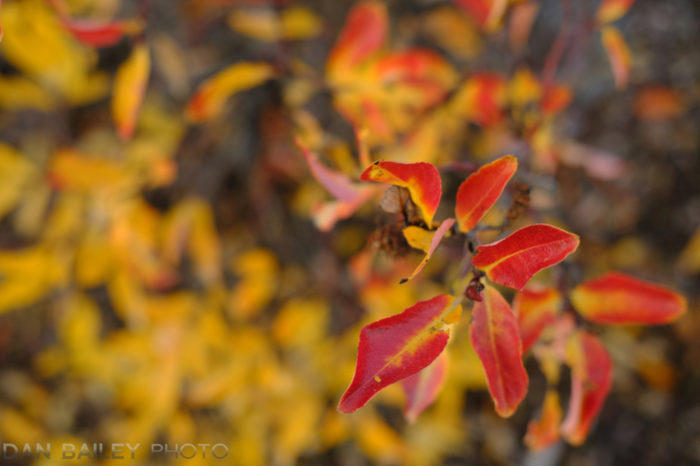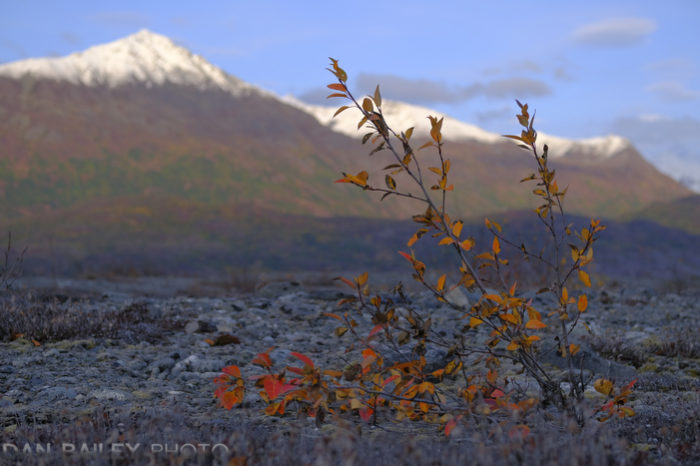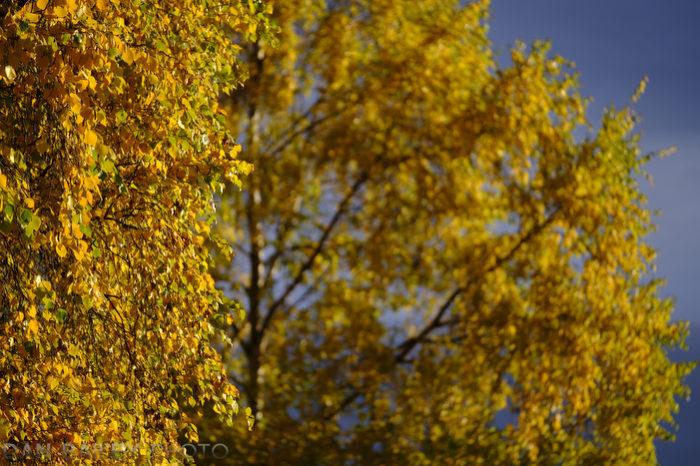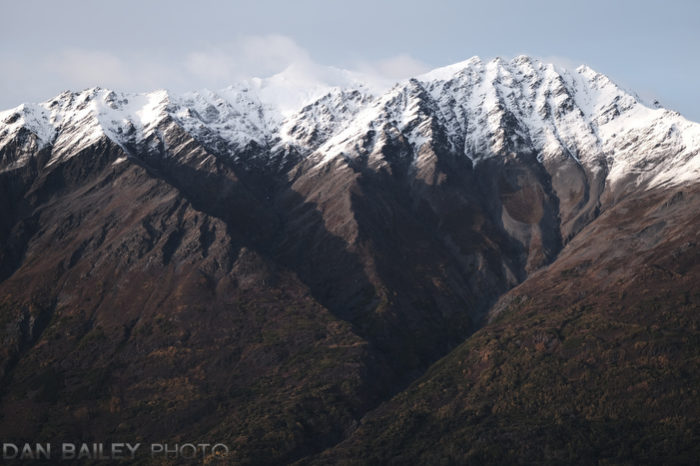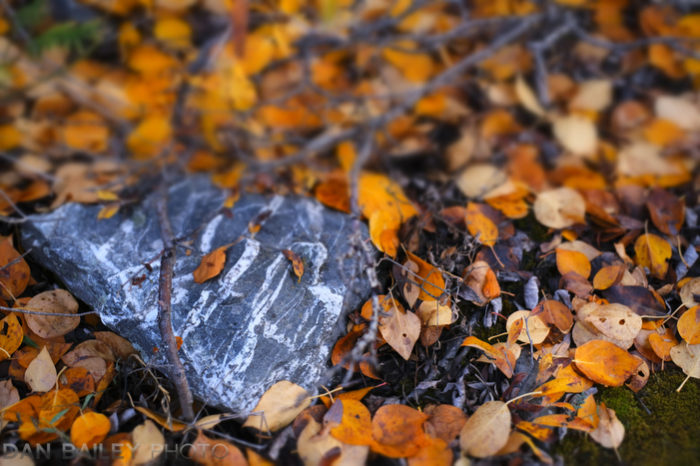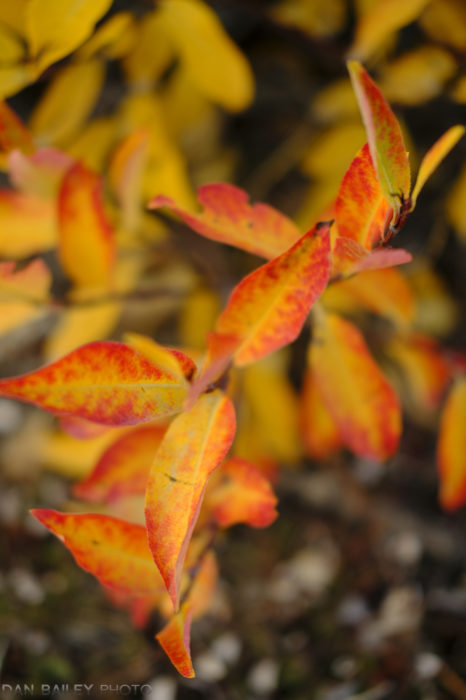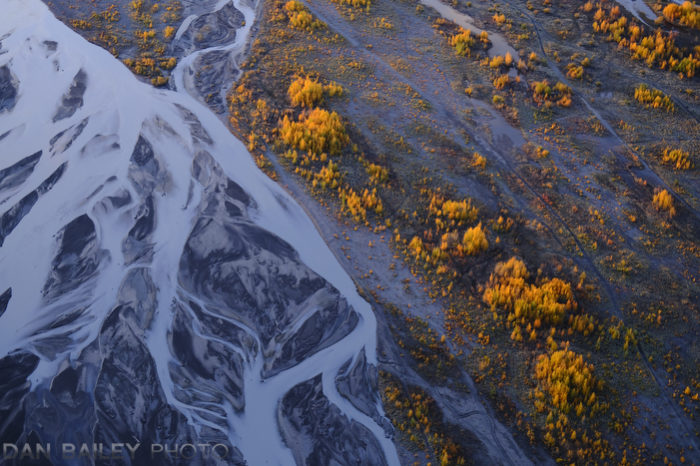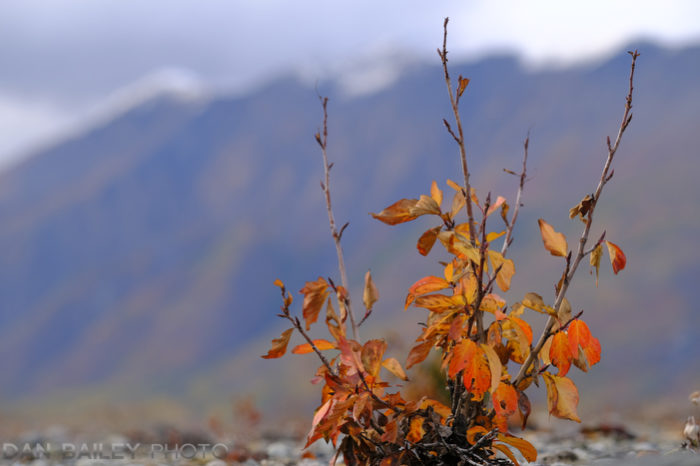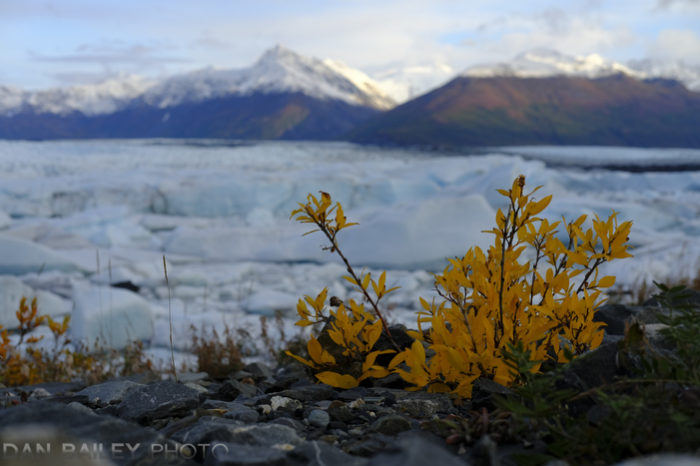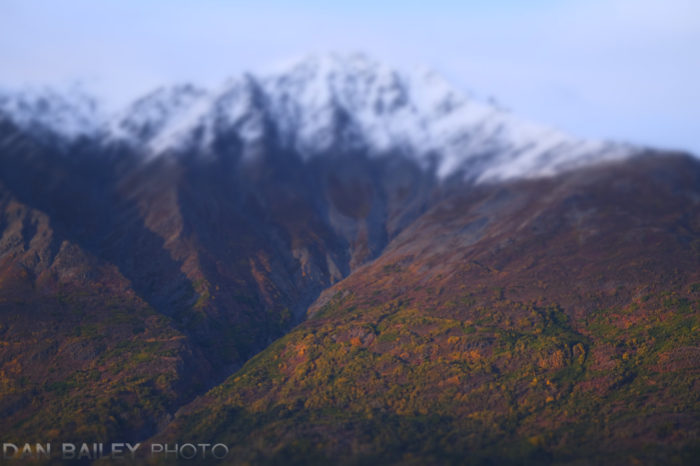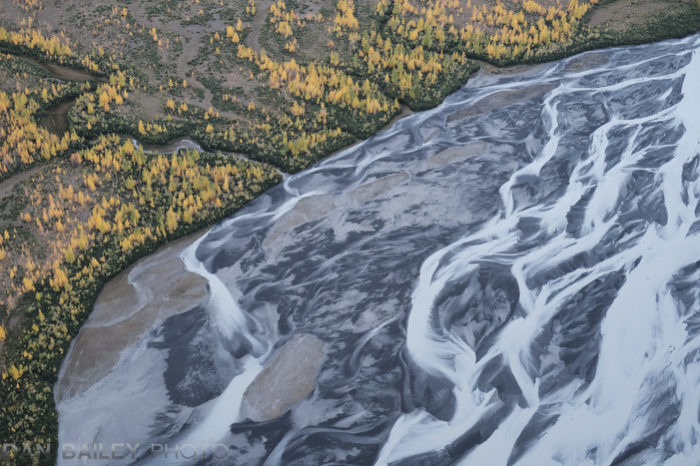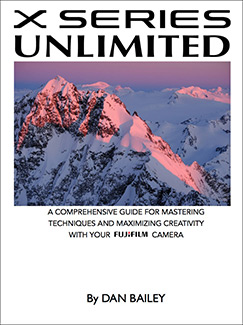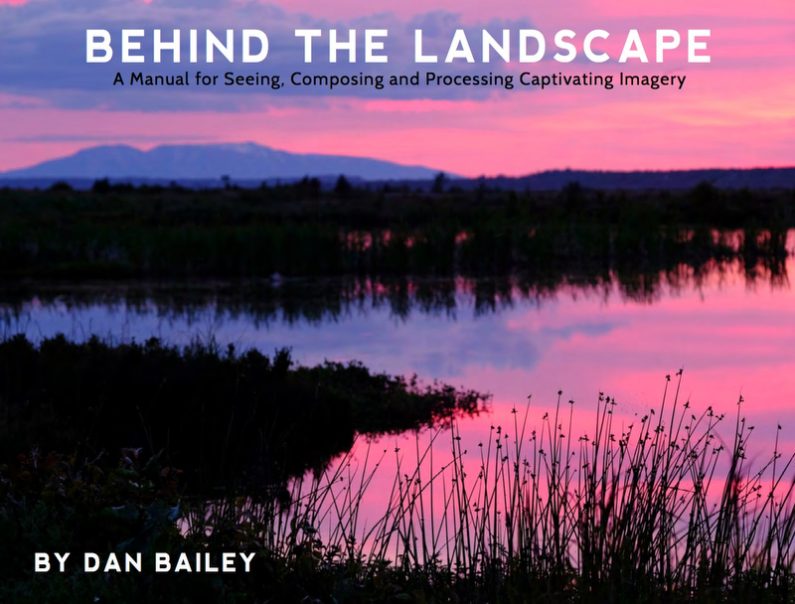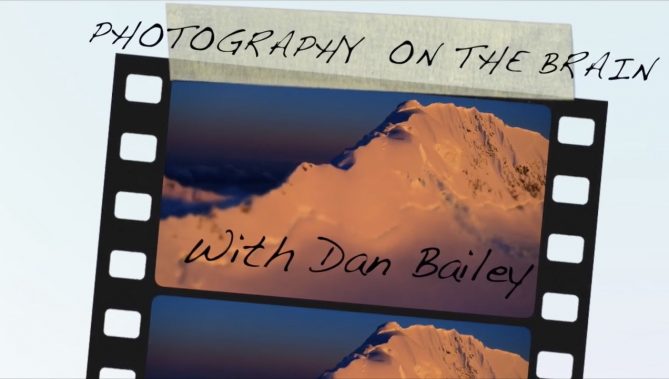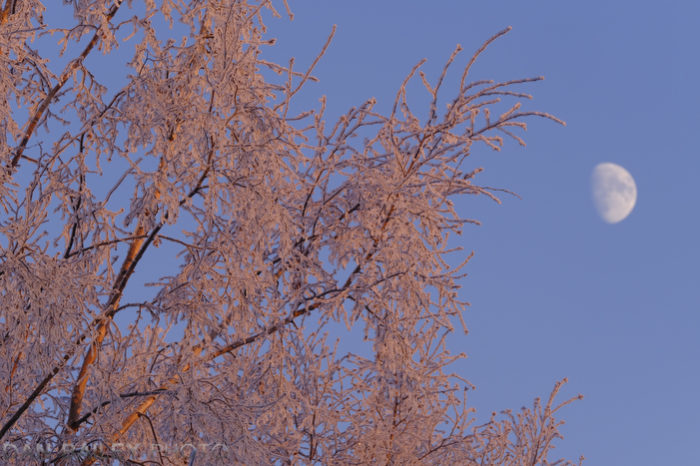
Some people think the big payoff for living in Alaska is the 24-hour daylight we get in the summertime. They would be wrong.
I won’t say that those super long days aren’t nice. After all, I love summer when I can ride my mountain bike in shorts for hours at a time, hike until midnight and explore gravel bars in my little yellow Cessna without having to preheat the engine and shovel out the plane from two feet of snow.
But ask true Alaskans who love the outdoors, and most of them will tell you that there’s something truly magical about those first couple weeks of winter. During early January, when the sun is low on the horizon and the temperatures are well below zero for days on end, the light is simply magical.
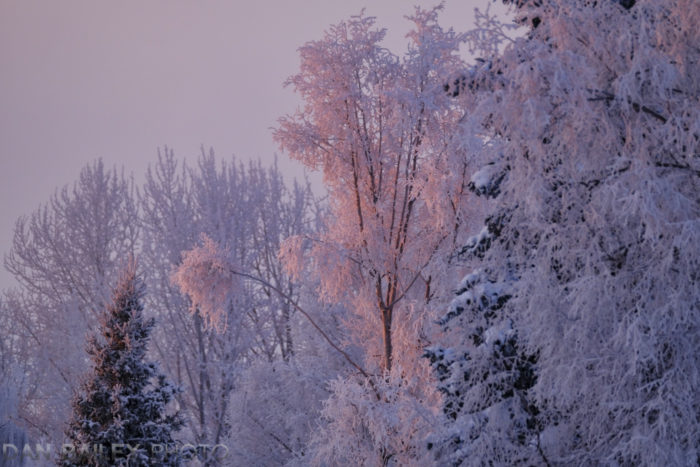
When the air is clear and cold for days at a time, hoar frost forms on every surface, and it turns the trees in to shape the resemble something out of a Dr. Suess book.
And when you add in the brilliant gold and pink light from the low sun, which barely skims the horizon for just a few short hours, the result is truly spectacular scenery that only happens for a few days out of the year.
This is what we live for. At least those of us who pay attention to the light.
After weathering the increasingly dark and cold days of late fall, the ice-laden days we often get in November, and the hit or miss days of December, when we usually see multiple freeze/thaw cycles, Chinook windstorms and numerous false starts to winter, January finally brings the payoff.
Sure, it might be 20 below out on the trails, but the light is so pretty, it makes it all worth the effort. Plus, there’s something really cool about bundling up and braving these bitter cold conditions on foot our on our fat tire bikes.
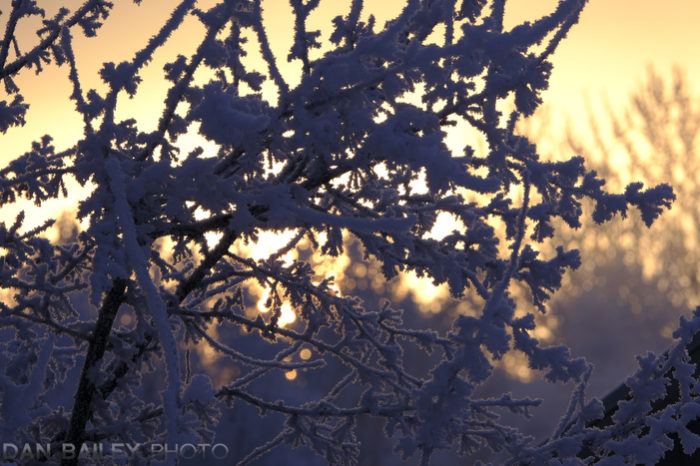
There’s something quite unique about riding or walking on snow when it’s this cold. It’s very loud. It squeak and creaks, and with the noise dampening effect of the snow-laden forest, other sounds become oddly amplified, like the rustling of your jacket, or the swinging straps on your backpack.
It’s loud enough that it sometimes makes you turn around to see who’s there, but you realize that’s no one. It’s just you, all alone in this special and otherwise quiet wilderness.
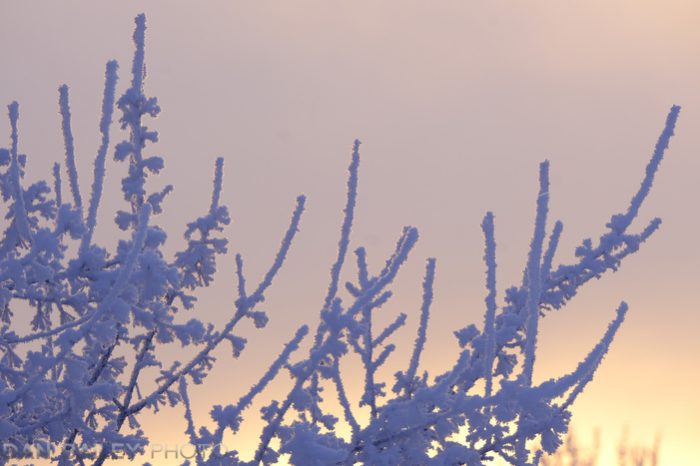
When you stop moving, everything is silent, but you know that the forest around you is alive. You can look up at the snow-covered pine trees, and even though they’re standing there completely motionless, you know that they see you, or at least know you’re there. Maybe they’re even talking to each other. I often wonder what they’re saying. Maybe this is their favorite time of the year too.
All of the photos in this post were shot within 50 feet from my front door, all in the first week of January in the last two years. Three of the five were shot yesterday afternoon, at around 3:30pm, right at the peak of sunset. This shot immediately above was shot will standing on my front porch. All were made with my Fuji 100-400 lens, which is really fun for isolating specific parts of the landscape.
They’re all proof that we truly live in Magic Land, and that you don’t need to go very far to take compelling photographs. And they’re proof that this first part of January, as cold as it may be, is indeed the most wonderful and special time of the year in Alaska.
Ask anyone.
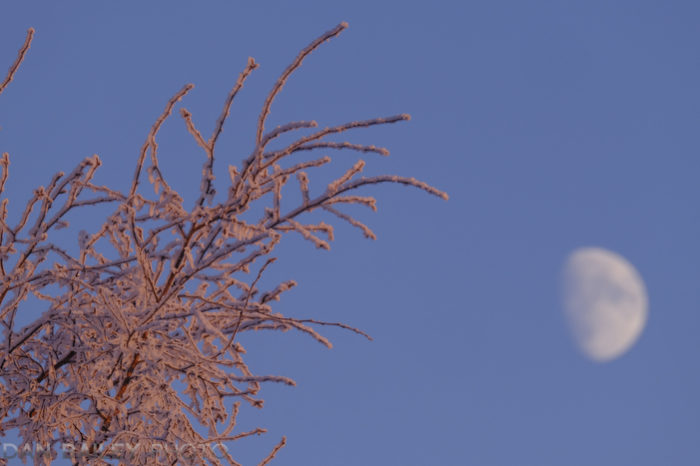

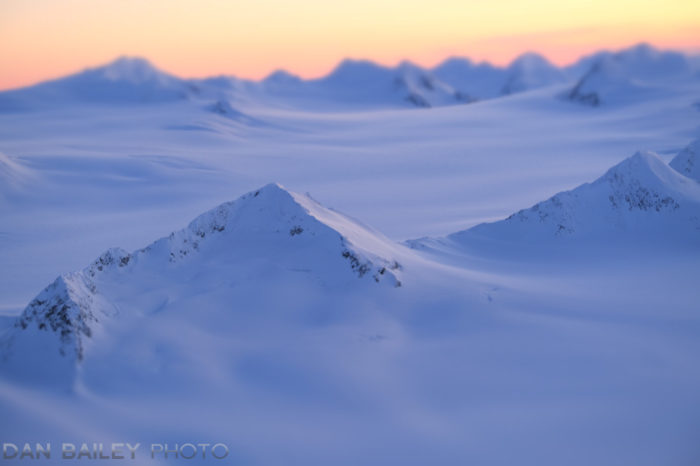
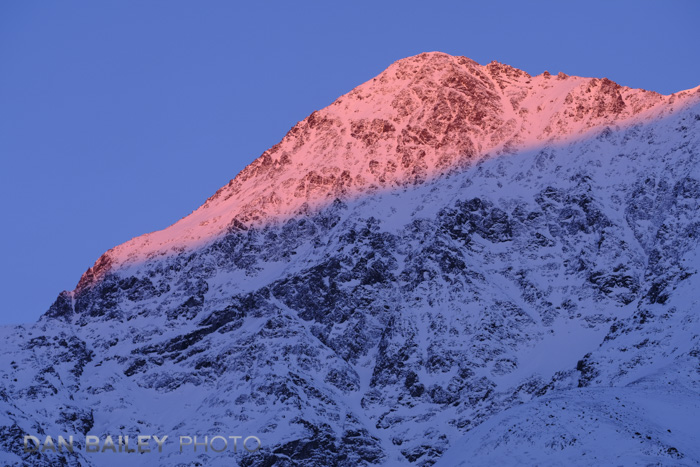
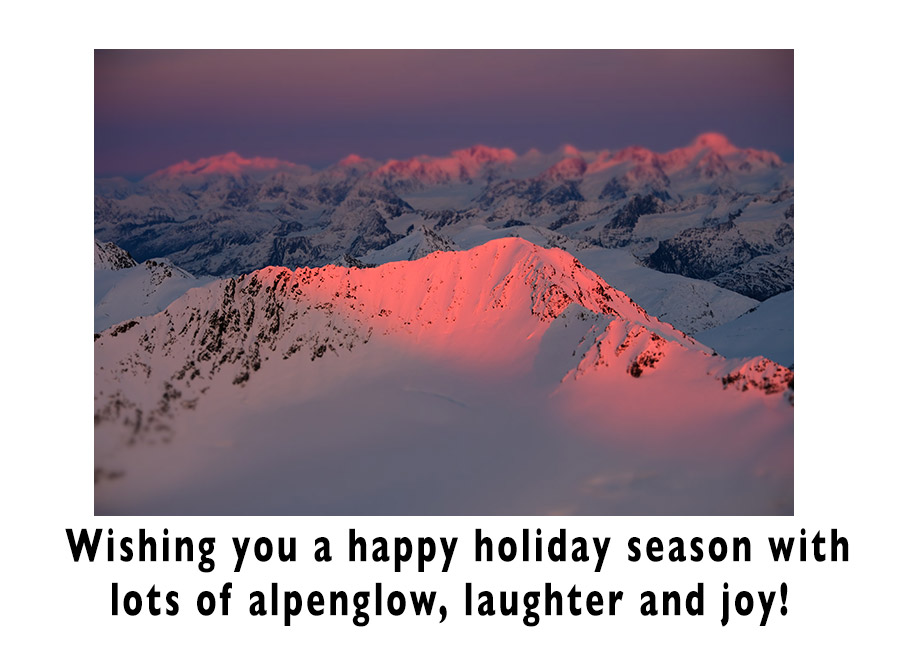 I’d like to wish everyone a very merry Christmas and a happy holiday season! I hope its filled with lots of warmth and good cheer, and hopefully some nice cold weather and an abundance of snow to play in.
I’d like to wish everyone a very merry Christmas and a happy holiday season! I hope its filled with lots of warmth and good cheer, and hopefully some nice cold weather and an abundance of snow to play in.